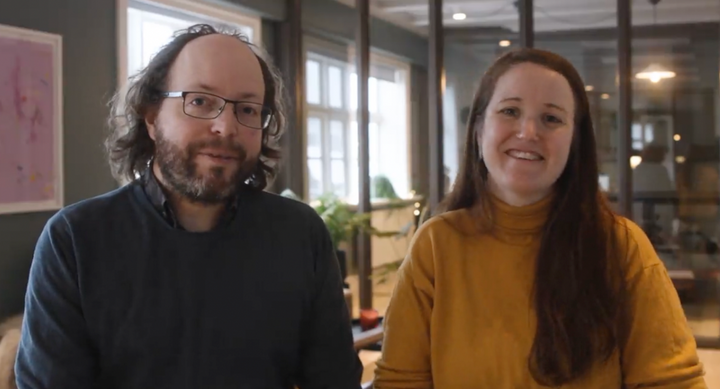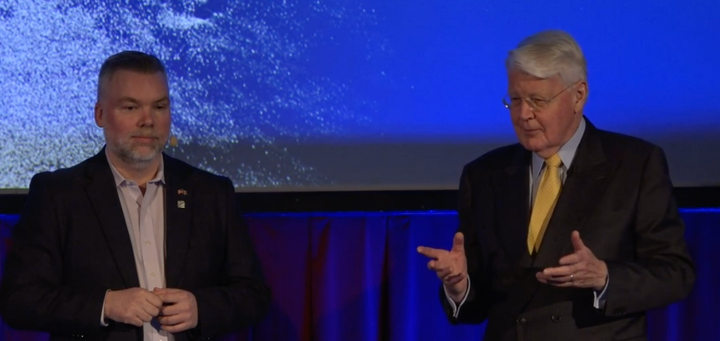Lessons learned from raising - yet another - round
It’s incredible – even to me – but the fundraising round we at GRID disclosed last week is the 10th time I raise capital for one of my ventures. Admittedly this one was in many ways unique, and also the largest one. Yet.

Despite this, I’m still learning. For one thing, the world has changed since we raised our first round at Lon&Don back in 1997 (Icelandic only)! For another, 10 times is still hardly a statistically relevant sample so it’s natural to still be discovering a few things.
Here are the three main lessons I took away from this latest experience:
- Local is dying: I heard this from startups and investors ranging from Seattle to Silicon Valley and Berlin to London: Investors are – less than ever – focused on investing in companies based on geography. Some of them are actively betting on that the Next Big Thing™ may come out of areas you’d least expect. Also, from the startups’ perspective, they’re no longer necessarily going to local investors first. In some cases I heard investment funds complain that they didn’t even see some of the best deal flow in their area because those entrepreneurs didn’t come to them. They went straight to investors they thought would add more value or they thought were a better fit – even halfway across the globe.
- The best investors hunt: Success in investing – especially early stage – doesn’t come from waiting for deals to come to you. It comes from networking, plugging yourself into the ecosystem, keeping your ear to the ground and then jumping with conviction on the best opportunities because you spot them before anyone else does. Being one of the few brand-name investment funds in the world may counter that a little bit, as you will be getting good inbound opportunities. But an aggressive hunt will always outwit, outplay and outlast them. A complacent investor is probably not a successful investor.
- Thesis and stage match: I paid more attention to the characteristics of each fund this time around than I’ve ever done before. As an entrepreneur you should seek out funds that have an investment thesis that matches what you’re doing. I felt this strongly in this latest raise. Talking to investors who already had theories around modern productivity tools and/or the spreadsheet market was so much more productive and so much more valuable to us than talking to ones where we had to explain our background, research and theories from the ground up. Also, make sure you understand the size of the fund, the typical size of their investments (jargon tip: their “ticket size”) and the funding stage they’re most comfortable with. Convincing a typical Series A or Series B investor to invest in your Seed round will not only be harder, it may come back and haunt you later if they for any reason don’t lead your next investment round. You’ve more or less put yourself on a single track, while working with a typical Seed investor keeps all the doors open for next steps.
Again. Despite having been around this block a few times now, my experiences are still anecdotal, so take them with a grain of salt, but I hope this may be of help to some of you fellow fundraisers out there.
The author is founder and CEO of GRID. He previously founded (and exited) DataMarket.




